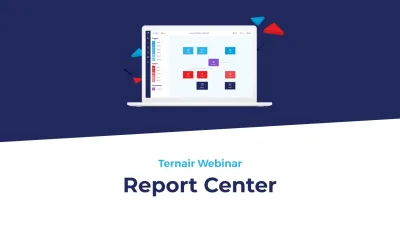Data are essential for personalizing your marketing. With third-party data coming under increasing pressure, first-party data offer the solution. Leveraging this data is not difficult, and you already have a lot more of it than you think. Here's what first-party data means and how to maximize its use.
What is first-party data and what can you do with it?
All data captured within your own environment is called first-party data. This ranges from customer purchases from a CRM package, email statistics, website visits, customer data collected at a trade show booth, social media interaction, whitepaper downloads, login credentials, service tickets, etc. There are lots of ways to generate first-party data. The challenge is to collect and aggregate this data centrally to create a unified customer view. That's exactly what Ternair does: it allows you to build a data profile per visitor across all connected channels.
First-party data are not something new now that the third-party cookie is going away. These have always been valuable and now become extra important for personalization. With purchase history, for example, you know what purchases a customer has made, and you can also determine what new purchases the customer can still make. You can highlight these products, for example, in your personalized e-mail and website. Customer behavior, such as watching a video or visiting certain product pages, tells you what new direction your customer is looking in. This behavior can be conscious or unconscious, as you can read further in this blog about timing. Behavioral data allows you to do smart marketing such as lead nurturing and predicting customer behavior. With that, you can then personalize your marketing campaigns and create target groups on which you do specific marketing campaigns.





